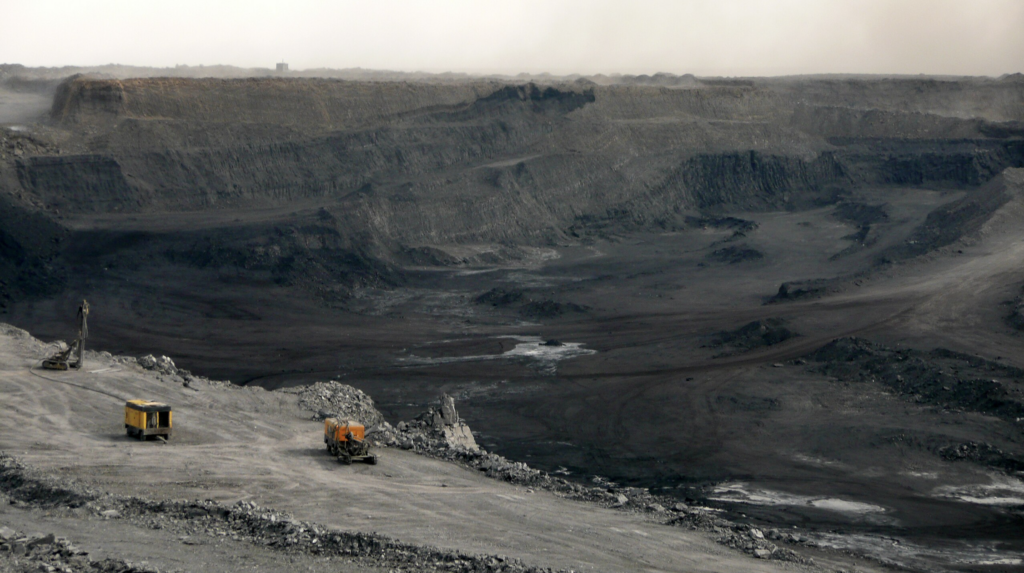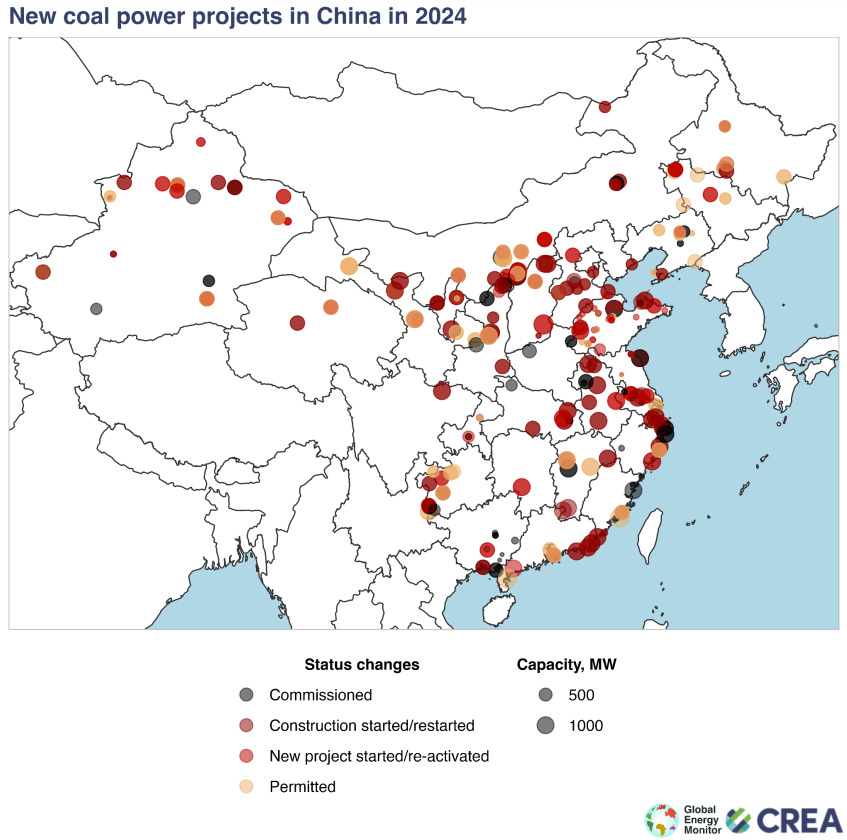China’s apparent crude steel consumption is expected to recover by 2% or around 19 million tonnes on year to reach 962 million tonnes in 2024, Wang Jianhua, Mysteel’s chief analyst, predicted at Mysteel’s annual conference held in Shanghai during the past weekend.
Wang remained bullish about steel demand in sectors including new energy, steel structure and shipbuilding. Specifically, steel use from the new energy industry may exhibit the highest on-year growth of 9.9% in 2024, reaching 63 million tonnes, and steel consumption from infrastructure construction and steel structure sectors are both forecast to increase by 5.6% on year to 187 million tonnes and 113 million tonnes respectively.
(Steel consumption from infrastructure construction) in Northeast China and in North China’s Hebei may benefit from the issuance of special treasury bonds, while the development of new energy sector, particularly photovoltaic technology and wind power, could boost steel use in North China’s Inner Mongolia, Wang noted.
Regarding China’s apparent consumption of crude steel this year, the total volume may fall by 2.2% on year to approximate 943 million tonnes, Wang estimated as per data released by the country’s National Bureau of Statistics.
Wang noted a real surprising trend this year where the growth rate of steel exports significantly surpassed domestic demand, easing the pressure of high steel supply.
During the past 11 months of this year, China shipped 82.66 million tonnes of finished steel aboard, surging by 35.6% from the corresponding period last year, as Mysteel Global reported.
However, Wang anticipated a decline of 10-15 million tonnes in China’s direct exports of finished steel products in 2024, due to the potential increase in production by overseas steelmakers, the impact on carbon tariffs, and anti-dumping measures that may impose on Chinese steel producers.
On the supply side, China’s total crude steel production is expected to marginally grow by 1-5 million tonnes on year in 2024, as those profitable mills may operate at their full capacity. Specifically, Wang noted that steel output in North China’s Hebei and East China’s Shandong may grow further next year.
Hebei and Shandong provinces reportedly saw their respective crude steel output rise by 2% and 3.5% on year to 185.7 million tonnes and 63.4 million tonnes over January-October this year.
During the conference, Wang emphasized the need for Chinese steelmakers to improve their production efficiency and market sensitivity to par with international counterparts.
“The profitability of China’s steel industry not only ranks lowest among all major industrial sectors this year, but it has also been the worst historically,” he said.
Wang also made some suggestions for the development of China’s steel industry. These include promoting the use of steel structure, expanding steel demand in key sectors, enhancing the internationalization of the steel industry chain, fostering corporate mergers and reorganizations, implementing standardized and hierarchical management for enterprises, and establishing advanced clusters within the steel industry, among others.









